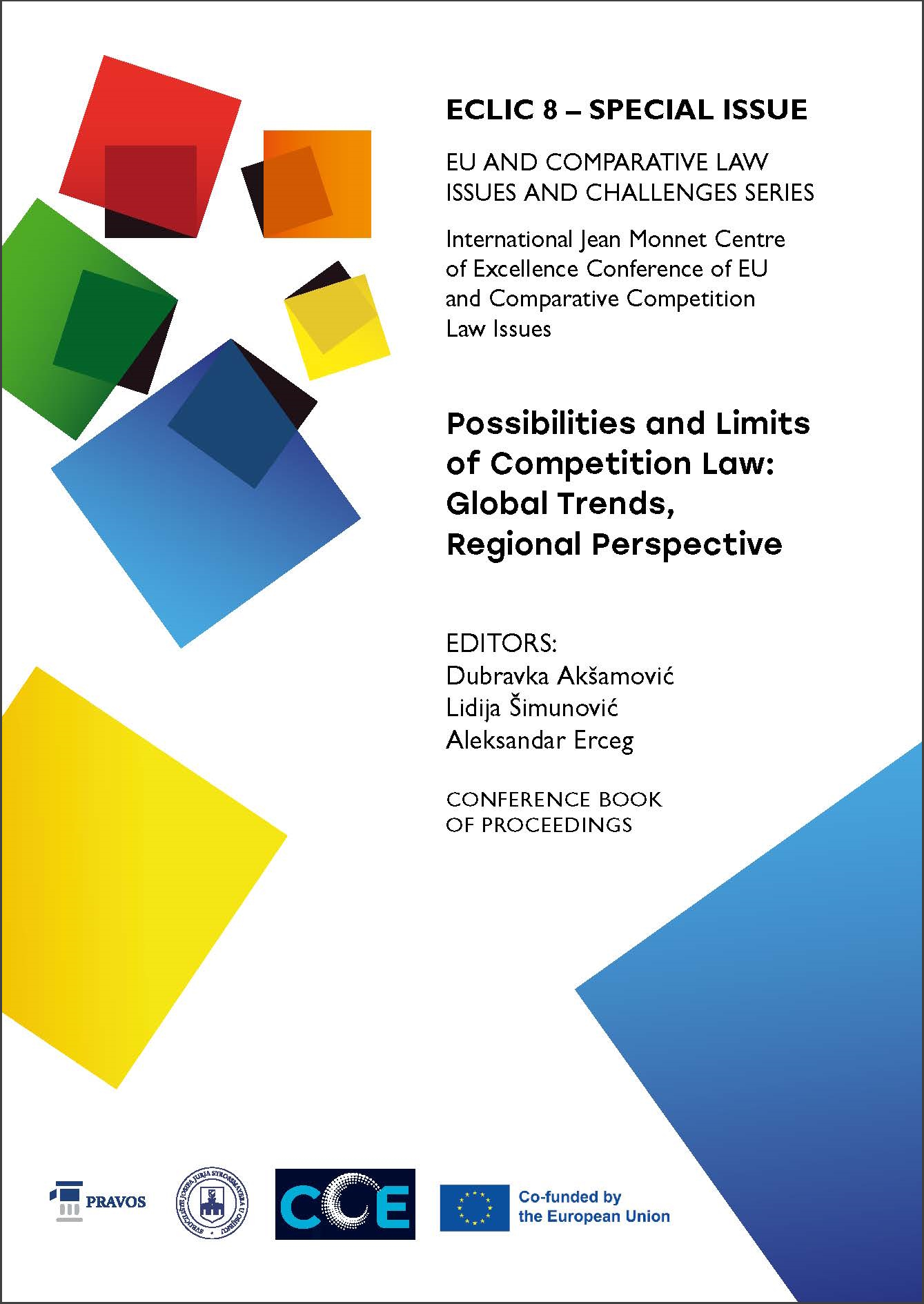ALGORITHMIC COLLUSION IN COMPETITION LAW
OVERVIEW
DOI:
https://doi.org/10.25234/eclic/35845Abstract
Rise of artificial intelligence and growth of the digital economy has brought about new regulatory challenges for Competition Law. Failures created by the famous invisible hand of the free market and then subsequently corrected by the competition rules have intrinsic potential to remain intact by regulation if created by this new digital hand. One of the areas of rising academic interest in this field is algorithmic collusion. Algorithms can be generally defined as a sequence of operations that transform an input into an output. Algorithmic computation can be part of artificial intelligence software. Algorithmic collusion refers to the use of algorithms by undertakings in a manner that harms competition. Particular area of concern is tacit collusion or conscious parallelism when there is no any illegal agreement or even contact or communication among the competitors. Pricing algorithms generating tacit collusion are the main example of such practice. The issue has also been lately reviewed and investigated by various competition authorities around the world, including the European Commission and Federal Trade Commission of the United States. Concerns remain regarding the possibility of tacit collusion, price discrimination, and the implications for consumer welfare. Introductory paper defines key terms of the algorithmic collusion with emphasis on artificial intelligence. Paper also produces an overview of the academic debate on algorithmic collusion in Competition Law. It continues with analysis of the capacity in the existing regulatory framework of EU Competition Law for tacit collusion to facilitate algorithmic collusion with secondary references to other comparative jurisdictions. By examining various types of algorithmic pricing, from heuristic to autonomous approaches, this paper aims to shed light on the complex dynamics at play in digital markets. It discusses how automated pricing mechanisms can enhance market efficiency while also presenting significant challenges for competition authorities. The study emphasises the importance of regulatory frameworks that can adapt to the evolving landscape of algorithmic pricing to safeguard consumer interests and maintain competitive market conditions. Finally, the paper provides general policy recommendations for Competition law in the field of algorithmic collusion.
Downloads
Published
Issue
Section
License
Copyright (c) 2025 Mislav Bradvica, Dominik Vuletić, Dea Krstulović, Stjepan Gvozdić, Rita Kachkouche

This work is licensed under a Creative Commons Attribution-NonCommercial 4.0 International License.
Authors retain the copyright on the papers published in the Journal, but grant the right of first publication to the Journal. Papers accepted for publication or already published in ECLIC of the Faculty of Law in Osijek may be published by the author(s) in other publications only with proper notice of its previous publication in ECLIC.


